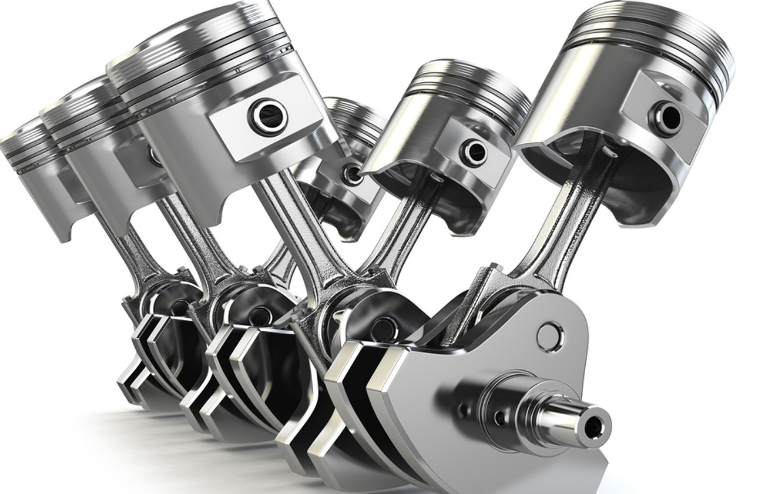How many connecting rods are in an engine? The answer depends on the specific design of the engine in question. Connecting rods play a vital role in internal combustion engines, converting the reciprocating motion of the pistons into the rotary motion of the crankshaft. In this article, we will delve into the various engine designs and discuss how the number of connecting rods in each design affects performance and efficiency.
Different Engine Configurations
- Inline Engines: In an inline engine, the cylinders are arranged in a straight line, one after another. The number of connecting rods in an inline engine is equal to the number of cylinders. For example, an inline-four engine has four connecting rods, while an inline-six engine has six connecting rods.
- V-Type Engines: In V-type engines, the cylinders are arranged in two separate banks that form a “V” shape. Each cylinder in a V-type engine has its own connecting rod. As such, a V6 engine has six connecting rods, and a V8 engine has eight connecting rods.

- Boxer Engines: In boxer engines, the cylinders are arranged in two opposing banks, with the pistons moving horizontally. Each cylinder in a boxer engine has its own connecting rod. For example, a boxer-four engine has four connecting rods, and a boxer-six engine has six connecting rods.
- Radial Engines: Radial engines are typically found in older aircraft and feature a central crankshaft with cylinders arranged in a circular pattern around it. In a radial engine, each cylinder has a single connecting rod that connects to the crankshaft. Thus, a nine-cylinder radial engine would have nine connecting rods.
The Impact of Connecting Rods on Engine Performance The number of connecting rods in an engine directly affects its performance characteristics. More connecting rods typically result in a smoother and more balanced engine. This balance can lead to increased efficiency, power output, and overall engine longevity.
Advanced Engine Designs As automotive technology advances, engineers are continually developing new engine designs that seek to optimize performance and efficiency. One such example is the Wankel rotary engine, which utilizes a unique design without conventional connecting rods. These innovative engine designs are pushing the boundaries of what is possible in terms of power, efficiency, and emissions.
In conclusion, the number of connecting rods in an engine depends on its specific design and configuration. By understanding the role that connecting rods play in different engine designs, we can better appreciate the engineering marvels that power our vehicles and the continued innovation in engine technology.
